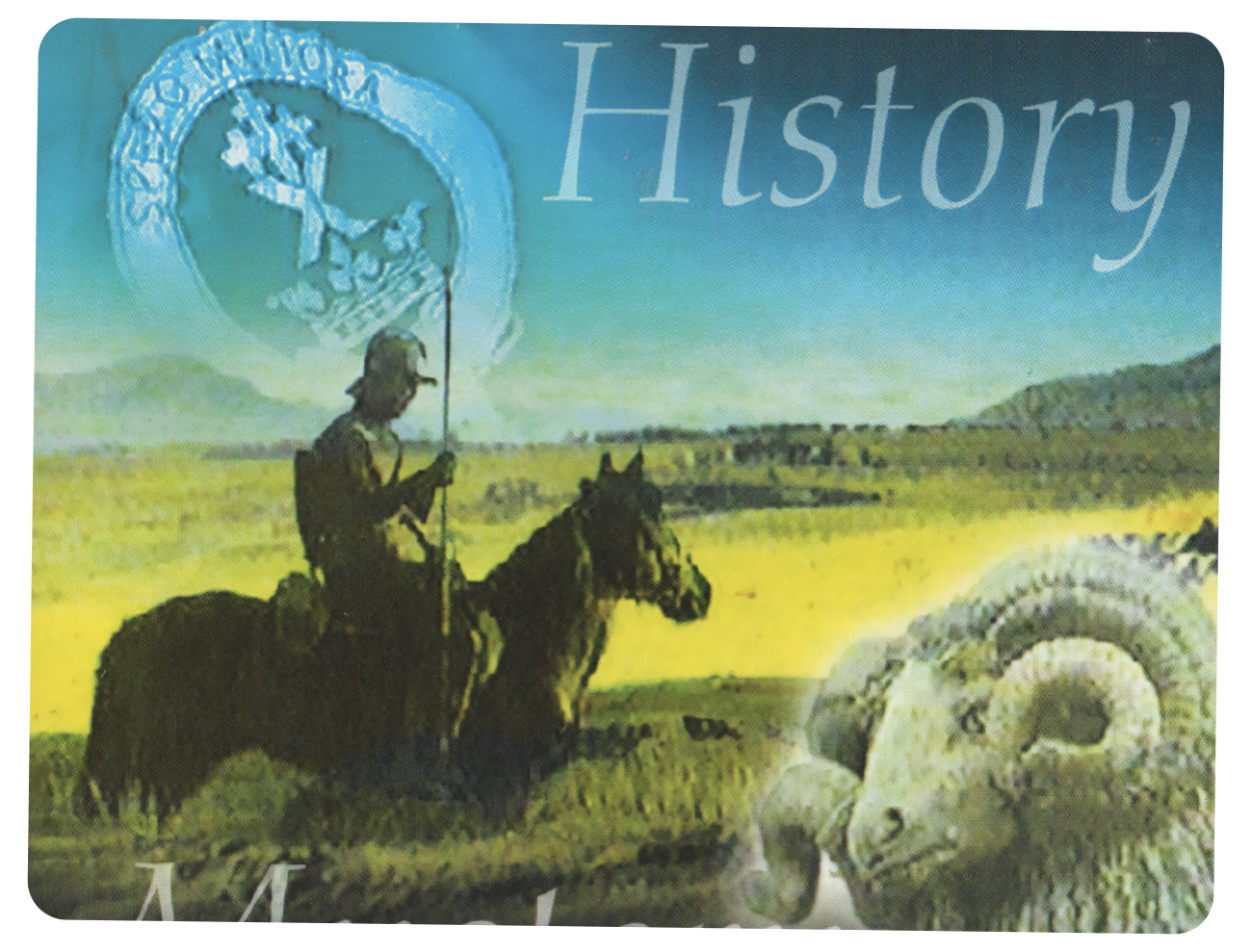Overlay, we need more overlay
In search of quality 'overlay' Paul gets overly adventurous.
It was the early nineties. Paul and fellow broadcaster Fiona had formed a company to sell historical videos to America.
The challenge with making videos about events that took place five hundred years ago was the lack of any moving pictures to illustrate the stories.
We called pictures over speech ‘overlay’.
The videos Fiona and myself were making told the stories of the Border Reivers. These fearsome raiders operated across the English-Scottish Border from the early thirteen hundreds and the clan names lived on throughout the world. Armstrong, Elliot, Scott, Irving and many others were part of a bloody history. Many of their ancestors emigrated to America, hence the interest. Neil Armstrong, the first man on the moon, had visited the Scottish borders and prompted a huge curiosity in the US descendants. Our idea was to make a different video for each of the clans.
Fiona planned and did the writing, I had to visualise the stories, and that was not easy. Still pictures could form part of the plot and interviews another but that still left a great deal to cover. One solution I found was to tap into the many groups who spent their spare time re-enacting the past and how these clans people lived. This would take the form of set piece battles or individual camps for people to visit.
One fine day my cameraman and I headed to a massive weekend battle planned by such a group. To be fair, it wasn’t really the period we needed but it was close enough and, more to the point, had lots of fighting, pretend dying and general mayhem. It worked a treat, was brilliantly organised and in two days we had a huge quantity of video I could use in editing. My mistake was in thinking all re-enactment groups would be the same, how wrong I was.
Warning bells should have sounded at my next chance to pick up overlay. This group were friendly enough but something didn’t quite feel right. They looked too authentic. Their camp was wild and so were the people. As the camp followers cooked over open fires the men appeared to be gearing up for combat. I wasn’t sure if they understood that it was make-believe.
My goodness, they were keen. As I issued my requests for certain shots they set upon each other with wild whoops and clashes with swords and shields. As we finished, and I had said how brilliant the footage was, the leader looked at me and said “we do hangings as well you know, do you fancy a hanging?”
Now, I had seen this before. A clever harness worn around the chest takes the weight of the noose and gives the impression of someone being hanged. I couldn’t see the footage seeing the light of day on the grounds of bad taste but my cameraman was keen so I agreed. What could go wrong?
We set up and started filming as the hapless victim was dragged to the nearest tree with graphic realism. It was then my cameraman croaked “there’s no harness, the ropes around his neck, they are going to hang him!”
“Stop! Stop! What on earth are you doing!” I cried in panic. “Don’t worry” said the leader with a sly smile “we don’t leave him hanging for long...” That was when I called a halt, and learnt a big lesson about re-enactment groups.
My final encounter with historical filming was totally my own stupid fault. On this day, I had been given the opportunity to get potentially superb overlay. Several horses and riders fully-dressed as reivers would charge off on another murderous adventure, behind them, a moody skyline, a perfect shot. As I will explain later, I can’t be sure if we were one rider short or a rider had fallen and a horse became spare but, in any case, a horse was missing a rider…
Harking back to my childhood I remembered a fearsome riding instructor called Miss Hamlin who had taught me the rudiments of horsemanship. I also remembered she said that I would never be any good but, despite that, I heard me say “give me the armour and sword, I’ll ride it.”
I can’t be really sure of the facts as mild concussion followed. As I mounted my steed the sword scabbard poked into its side. The poor beast reared up and took off. I lasted barely 20 seconds before I came off, the crew fell about laughing and I sat dazed but largely unhurt on the ground.
It was stupid. It was dangerous and proved that I couldn’t ride. However, in editing, it became apparent that the crew, far from being overcome with concern regarding my accident, had continued to film everything, and it was just too realistic an overlay to pass up on.
From that day forward, whenever we needed a wild careering reiver or a wounded warrior falling tragically to the ground, my disaster came out time after time, and a demonstration of the risky lives of these fearsome warriors from the past.
Hopeful Traveller is a weekly newsletter and archive of stories about broadcasting in the 1970s and 80s. It is written by former-newsreader and programme maker Paul Baird. For new stories each week, subscribe.


